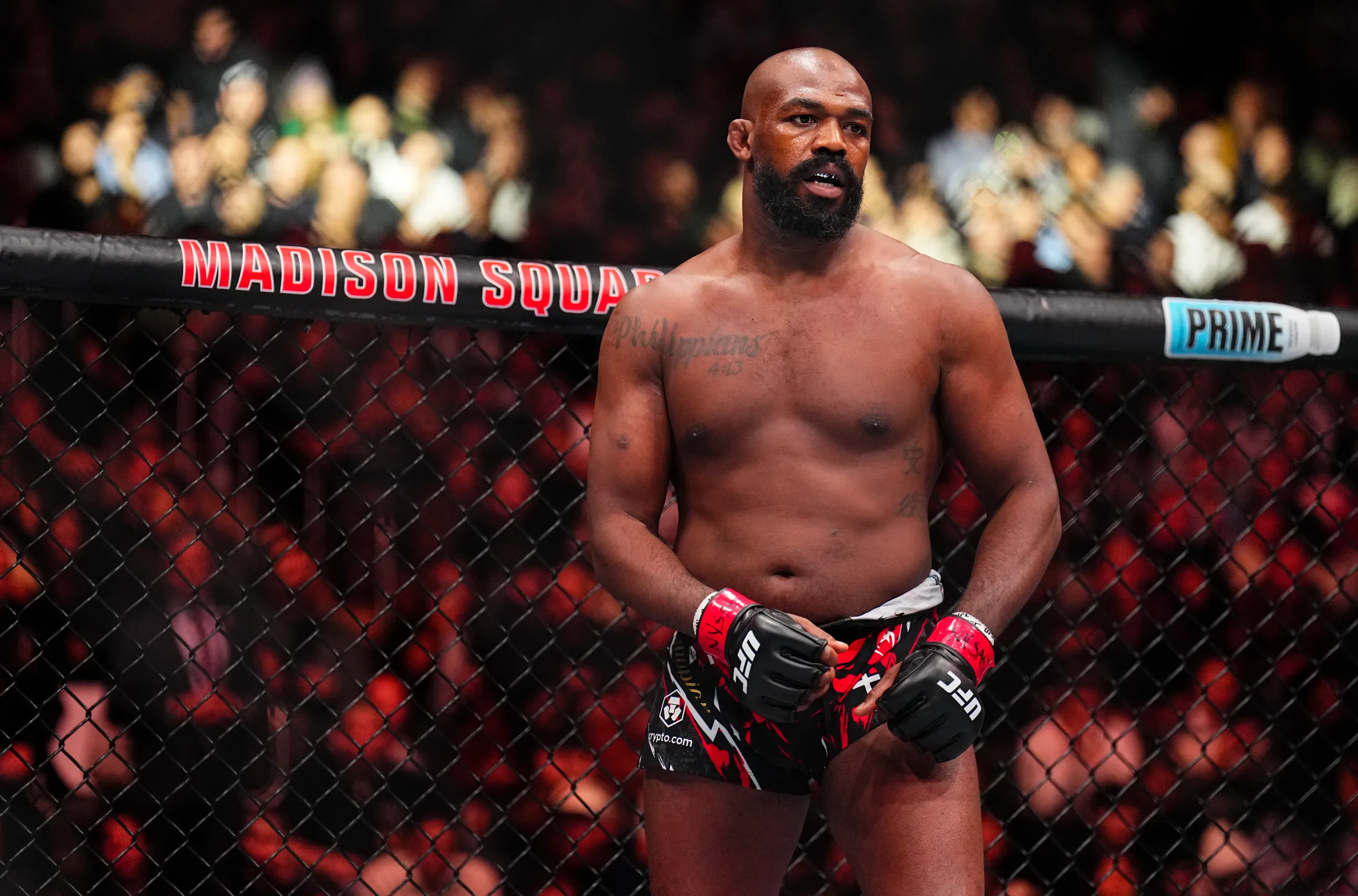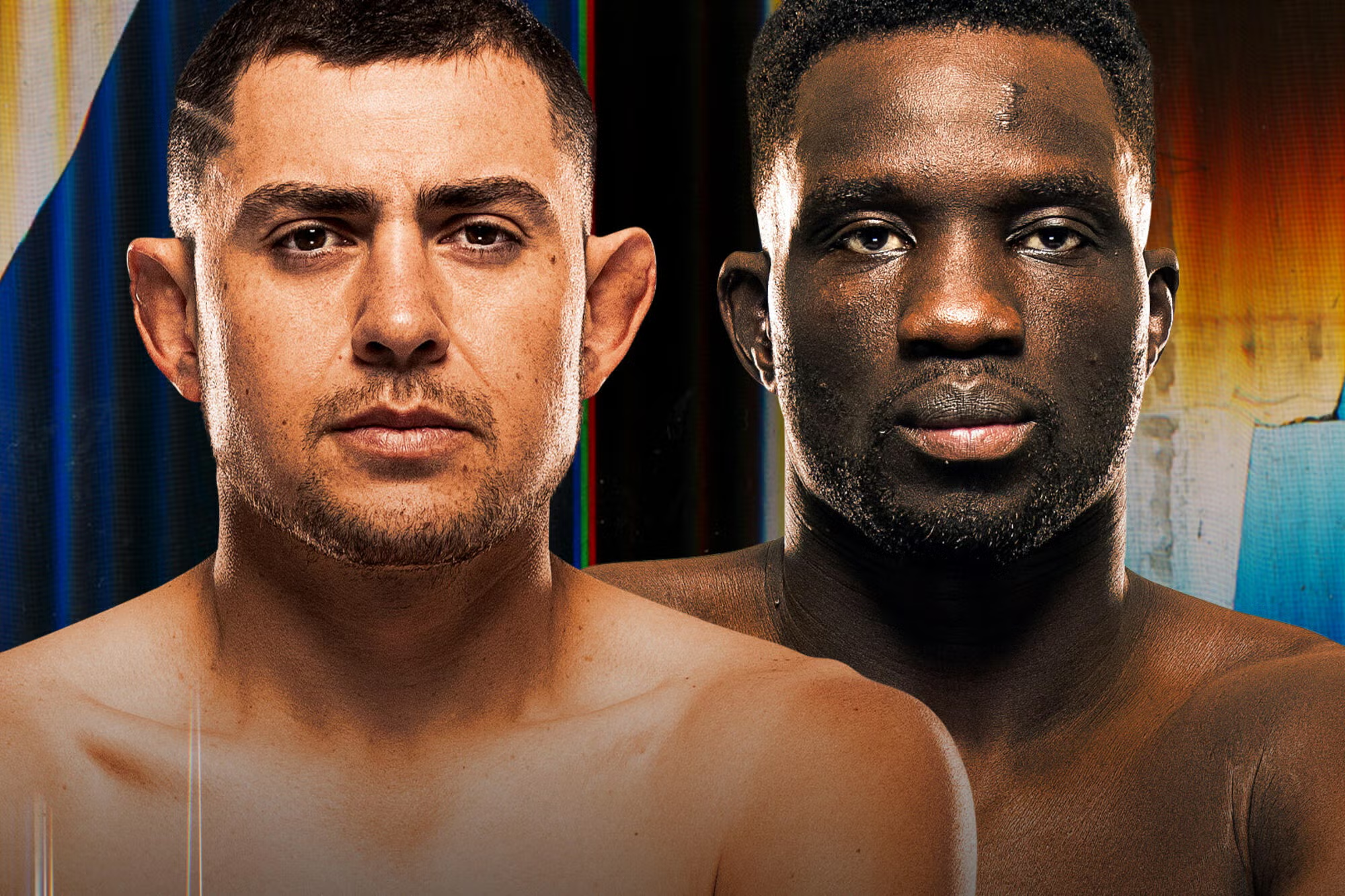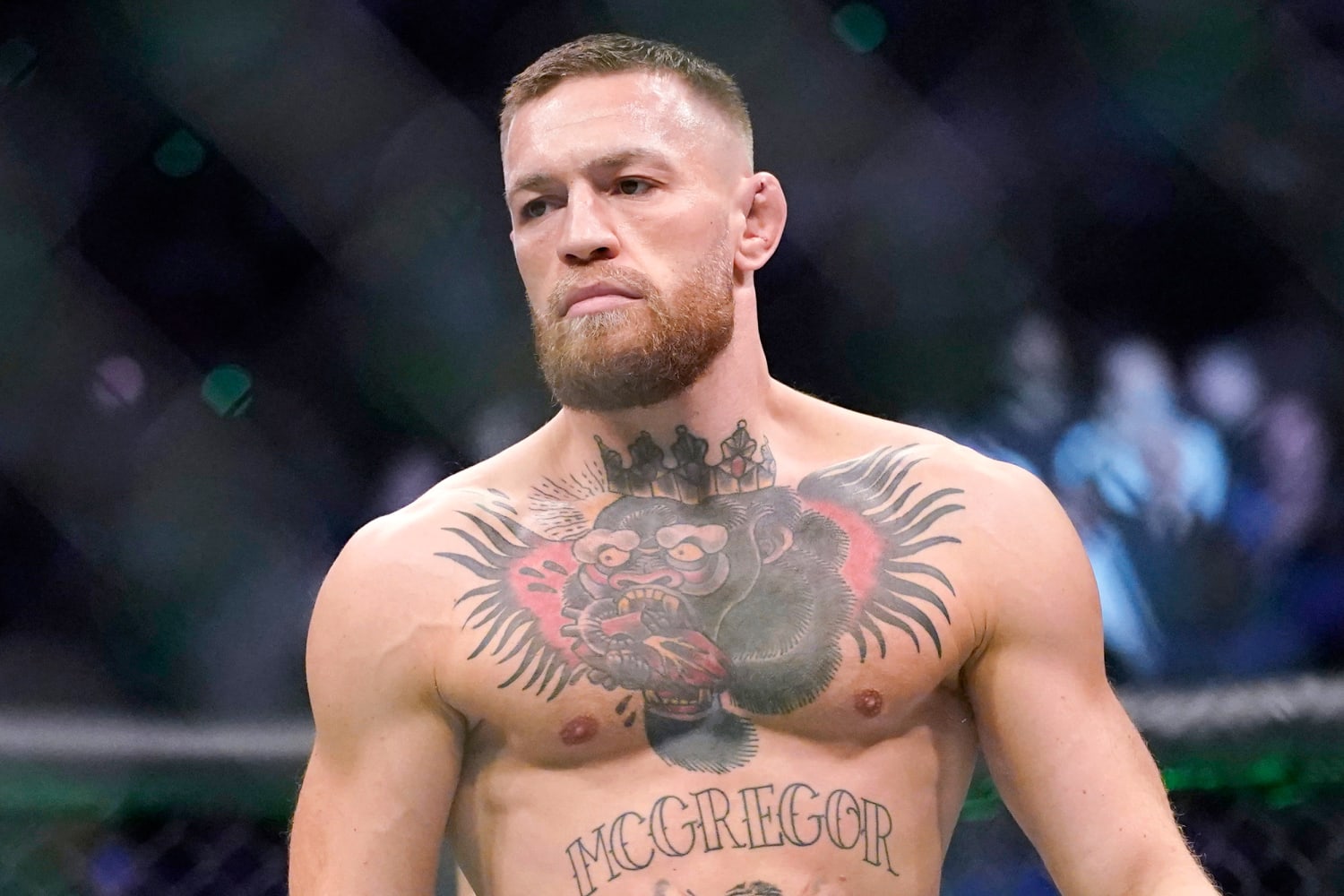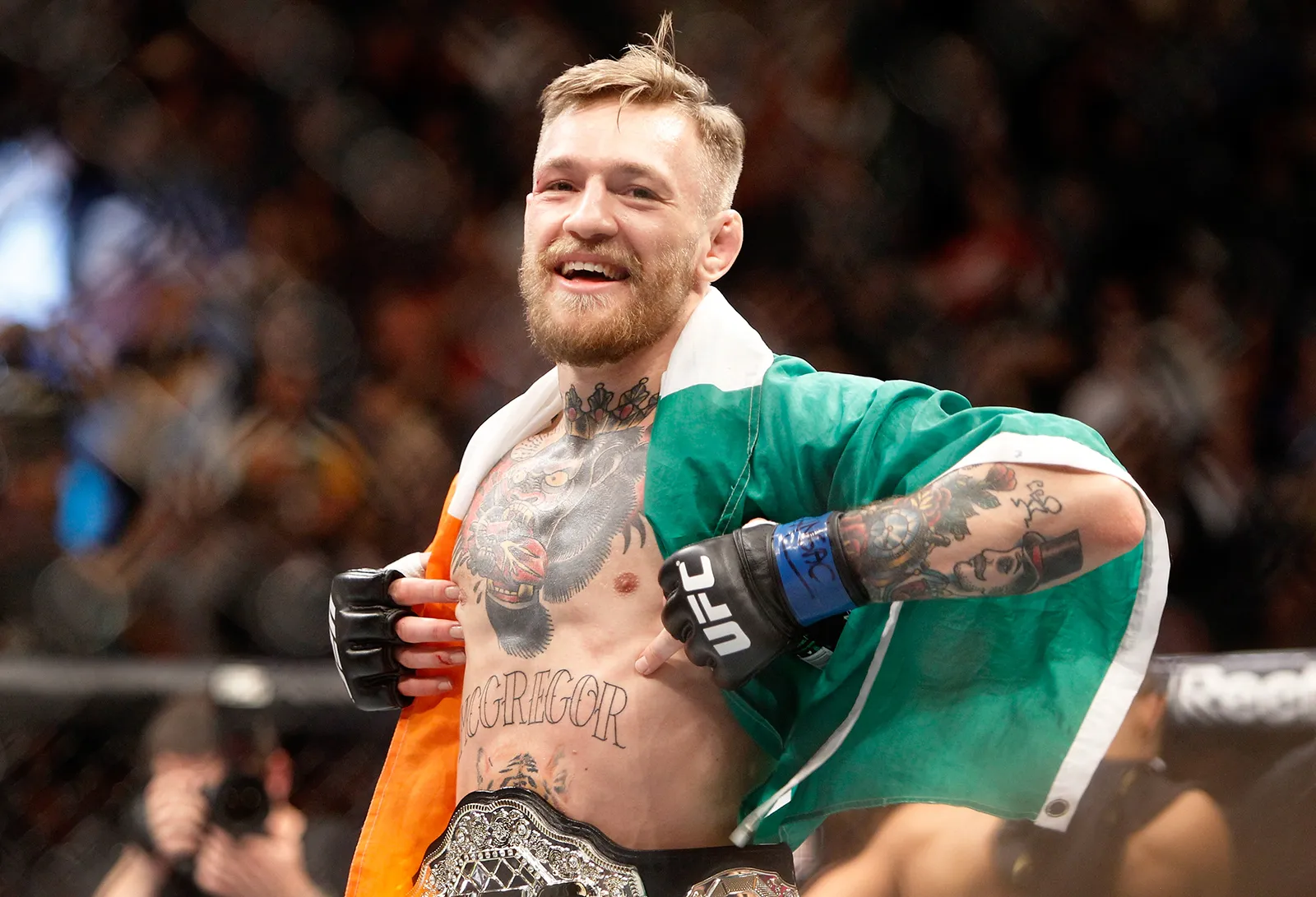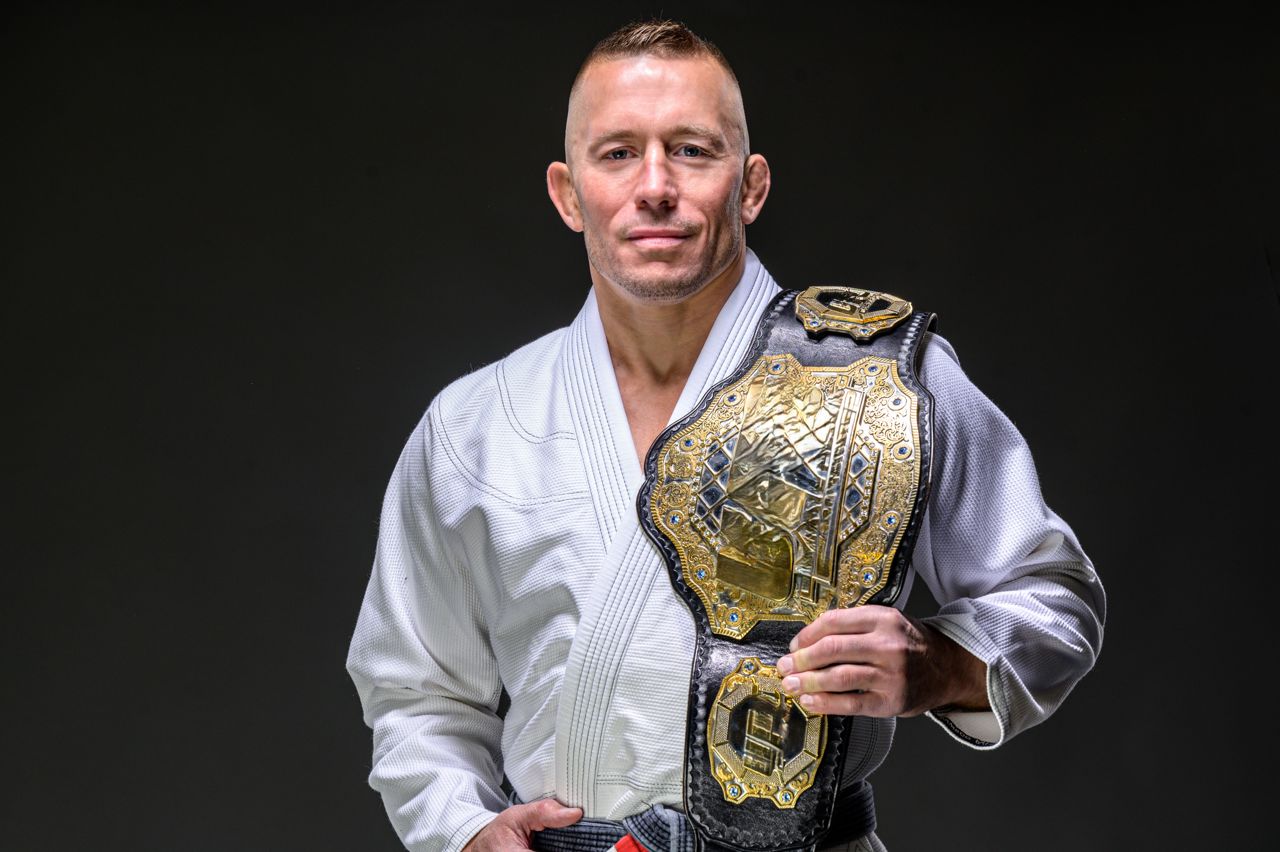How Brock Lesnar changed MMA heavyweights forever
The arrival that broke the mold
Before Brock Lesnar’s debut, the heavyweight division was respected but stagnant. Fighters like Tim Sylvia and Antonio Rodrigo Nogueira were skilled but lacked crossover magnetism. Then came Lesnar — a 120-kilogram former NCAA champion with freakish explosiveness, a pro wrestling pedigree, and an aura of inevitability. His arrival turned UFC 81 into a mainstream event and his presence immediately boosted pay-per-view sales by millions.
In one sense, Lesnar was the prototype for what modern MMA would become: an athlete who blended entertainment charisma with legitimate combat credentials. His sheer physicality, coupled with real Division I wrestling, made him a legitimate threat despite limited MMA experience. When he stormed Randy Couture for the title at UFC 91, the message was clear — heavyweight MMA would never be the same again.
Lesnar’s athletic revolution
In the 2000s, few heavyweights trained like Lesnar. His regimen — combining collegiate wrestling drills, Olympic lifting, and sprint-style conditioning — inspired a generation of big men to think like smaller athletes. Lesnar proved that functional explosiveness mattered more than bulk. His ability to shoot for takedowns at full speed, control from top position, and recover between rounds redefined heavyweight conditioning standards.
After Lesnar, prospects such as Cain Velasquez, Stipe Miocic, and Curtis Blaydes emerged as hybrid athletes rather than mere strikers. Lesnar made wrestling cool again at heavyweight, showing that pure athleticism could overwhelm even seasoned jiu-jitsu or striking specialists.
How the UFC changed because of Lesnar
Lesnar’s impact went far beyond the Octagon. His fights turned the UFC into mainstream pop culture events, crossing over into ESPN highlights and late-night talk shows. The numbers tell the story: UFC 100 — headlined by Lesnar vs. Mir 2 — drew over 1.6 million pay-per-view buys, a record at the time. It proved that MMA could deliver WWE-sized spectacle without sacrificing legitimacy.
The UFC capitalized. They built stars like Ronda Rousey and Conor McGregor on the same blueprint: athletic excellence packaged with persona and narrative. Lesnar taught the UFC how to market individuality within sport. He wasn’t media-trained in the polished sense — his blunt, cold interviews became meme-worthy moments — but they made people care. Love or hate him, you had to watch him.
The paradox of legitimacy
When Lesnar first signed with the UFC, many traditionalists scoffed. They saw a WWE entertainer trying to play real fighter. Yet, when he beat Randy Couture and Frank Mir, those same critics had to acknowledge his legitimacy. Lesnar blurred the line between sports entertainment and authentic combat — a paradox that still defines how fans perceive crossover athletes today.
His short career also showed how fragile dominance can be. Diverticulitis, a near-fatal intestinal disease, ended his prime prematurely. But even in decline, Lesnar’s pay-per-view numbers stayed massive. It wasn’t just skill that sold — it was narrative, spectacle, and identity. In that sense, Lesnar changed what “star power” meant in MMA: not just wins, but presence.
Technical legacy: wrestling dominance in a striker’s world
From a technical standpoint, Lesnar reminded the MMA community that wrestling is still the most transferable base. His ability to dictate position, neutralize distance, and impose control brought collegiate wrestling back to the forefront. Even his losses taught lessons — against Cain Velasquez, fans saw how elite cardio and striking integration could counter a pure wrestler’s burst approach.
Every modern heavyweight with a wrestling background owes something to Lesnar. Fighters like Stipe Miocic, Blaydes, and Tom Aspinall train with the same hybridized wrestling-to-striking transition that Lesnar popularized. He demonstrated that size alone isn’t enough; movement and timing matter even more at heavyweight.
The business and branding impact
Lesnar also demonstrated how dual careers could coexist. His 2016 UFC 200 return, even after years in WWE, still broke half a million buys. That crossover sustainability inspired modern athletes to keep multiple career paths open — something now visible in fighters like Francis Ngannou, who moved into boxing while keeping MMA options alive.
Public perception: the hero and the villain
Lesnar’s polarizing image was part of his genius. He never tried to charm audiences — he intimidated them. The shaved head, the cold stare, the no-nonsense demeanor — it all felt authentic. Fans didn’t project personality onto him; they reacted to the raw physical presence. In an era obsessed with relatability, Lesnar’s unapologetic alpha energy stood out as something primal and pure.
In the modern social-media-driven UFC, that authenticity feels almost refreshing. Lesnar’s refusal to “play nice” made him timeless. He was the last true anti-hero of the heavyweight era, a throwback to when fear and fascination sold fights better than hashtags.
Where his shadow still lingers
Nearly two decades later, the aftershocks of Brock Lesnar’s UFC run still ripple through the heavyweight landscape. Every time a wrestler with charisma enters MMA — from NCAA stars to crossover names — comparisons to Lesnar follow. He showed the template for balancing legitimacy, marketing, and mass appeal. He proved that athleticism and story are equally essential ingredients for stardom.
Today’s heavyweights, whether they realize it or not, fight in a division Lesnar helped build — one where strength meets spectacle, and every contender dreams not only of gold but of global relevance.
FAQ
When did Brock Lesnar debut in the UFC?
Lesnar made his UFC debut on February 2, 2008, at UFC 81 against Frank Mir.
What was Brock Lesnar’s biggest UFC fight?
UFC 100 (Lesnar vs. Mir 2) remains his most iconic bout, breaking pay-per-view records and cementing his champion status.
Why do people say Brock Lesnar changed MMA?
He changed expectations for heavyweight athleticism, drawing power, and crossover marketing. His arrival forced the UFC to modernize its business and presentation.
Could there ever be another Brock Lesnar?
Unlikely — the combination of real NCAA gold, WWE stardom, and UFC championship success is nearly impossible to replicate.
MMAailm.ee is a premier MMA blog committed to delivering comprehensive analysis, up-to-the-minute news, and exclusive insights into the global landscape of mixed martial arts. Catering to passionate MMA enthusiasts worldwide, MMAailm.ee covers everything from fight night breakdowns and athlete performances to technical evolutions and behind-the-scenes narratives. Our mission is to bridge the gap between fans and the ever-evolving world of MMA through timely information and engaging content.
Latest articles
-
How Jon Jones changed MMA forever
-
Jon Jones record and biography: the most dominant fighter in UFC history
-
UFC Fight Night Garcia vs Onama preview: start times, full card, keys to victory
-
How Conor McGregor changed MMA forever
-
Conor McGregor record and biography: from Dublin dreamer to UFC global icon
-
How Georges St-Pierre changed MMA forever


